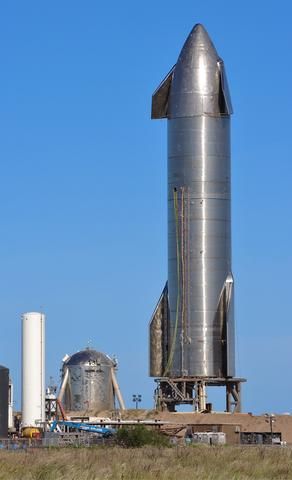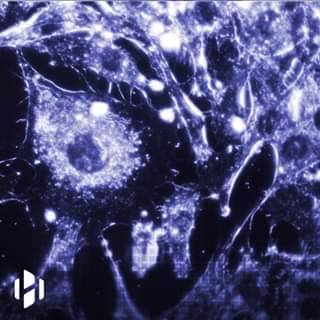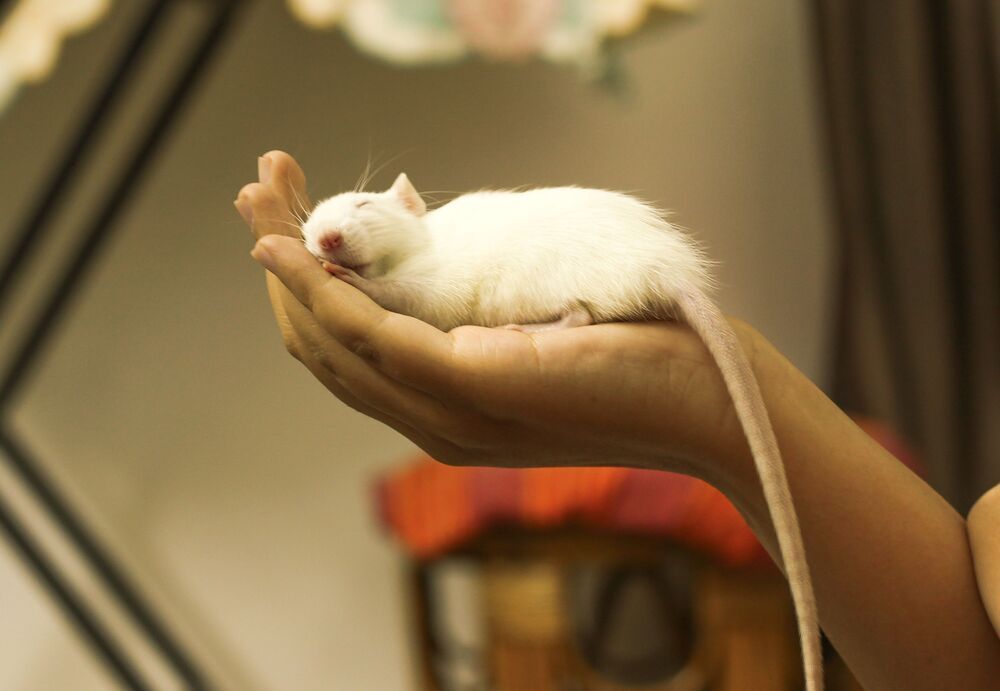
The first quantum revolution brought about semiconductor electronics, the laser and finally the internet. The coming, second quantum revolution promises spy-proof communication, extremely precise quantum sensors and quantum computers for previously unsolvable computing tasks. But this revolution is still in its infancy. A central research object is the interface between local quantum devices and light quanta that enable the remote transmission of highly sensitive quantum information. The Otto-Hahn group “Quantum Networks” at the Max-Planck-Institute of Quantum Optics in Garching is researching such a “quantum modem”. The team has now achieved a first breakthrough in a relatively simple but highly efficient technology that can be integrated into existing fiber optic networks. The work is published this week in Physical Review X.
The Corona pandemic is a daily reminder of how important the internet has become. The World Wide Web, once a by-product of basic physical research, has radically changed our culture. Could a quantum internet become the next major innovation out of physics?
It is still too early to answer that question, but basic research is already working on the quantum internet. Many applications will be more specialized and less sensual than video conferencing, but the importance of absolutely spy-proof long-distance communication is understandable to everyone. “In the future, a quantum internet could be used to connect quantum computers located in different places,” Andreas Reiserer says, “which would considerably increase their computing power!” The physicist heads the independent Otto-Hahn research group “Quantum Networks” at the Max-Planck-Institute of Quantum Optics in Garching.


















